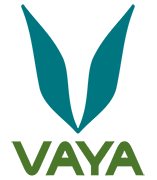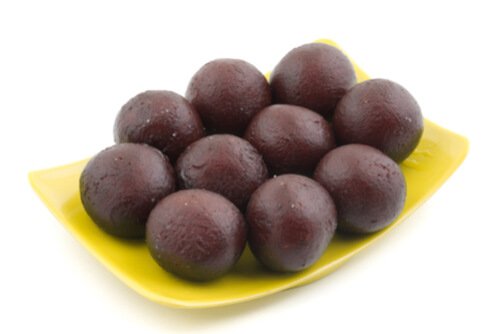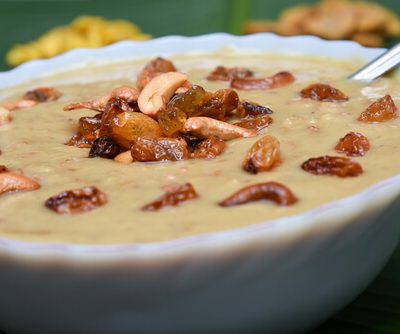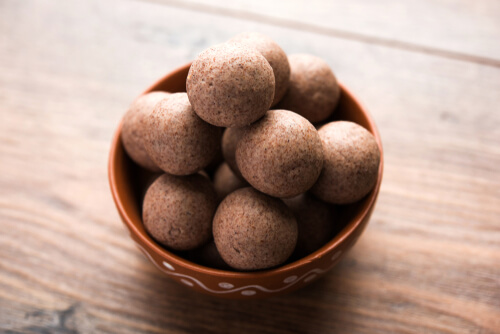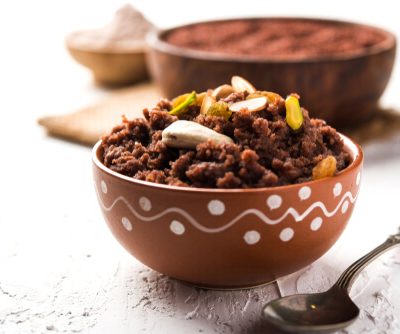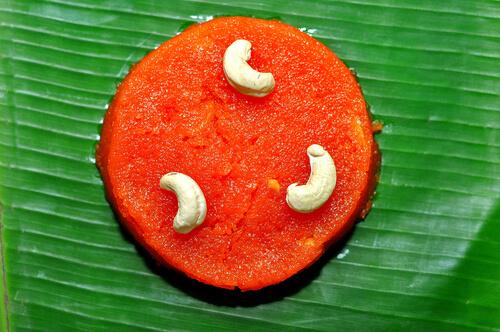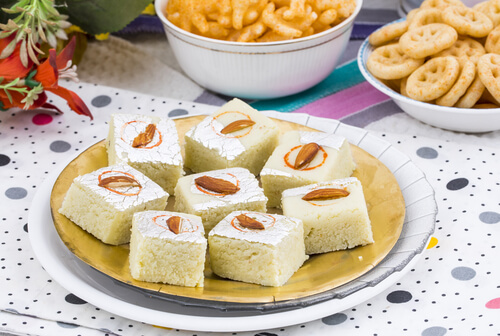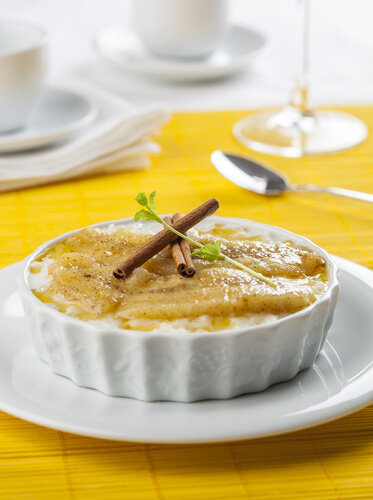Ingredients
- 500 gm of mawa (whole dry milk)
- 175 gm of maida (all-purpose flour)
- ½ - 1 tsp of baking soda (soda-bi-carbonate)
- ½ - 1½ tsp cardamom powder
- 2½ kg jaggery or per your taste
- 1½ L water
- A handful of dry fruits - lightly fried in ghee
- Ghee for frying
How to make Jaggery Jamun
You can use any vegetable oil to fry the dough instead of ghee. However, frying it in ghee enhances its flavor and taste considerably. Adding the dry fruits is also optional. The dry fruits help in adding a texture to the dish. Trivia Traditional ‘Gulab Jamuns’ are soaked in sugar melted in rose water syrup. Legend has it that ‘Gulab Jamuns’ were an accidental creation by the personal chef of the Mughal Emperor Shah Jahan. Its story of origin dates further back to the Turkic invasion of India in the middle ages. It has several variants one of which is called ‘Ledikeni’ or ‘Lady Kenny’ in Bengal. It is named after Lady Canning, the wife of the then Governor-General of India, Lord Charles Canning. It was prepared in her honor during her stay in Calcutta (present-day Kolkata) in the mid-19th Century by the famous confectionary establishment Bhim Chandra Nag, which still stands tall today in the city. |
